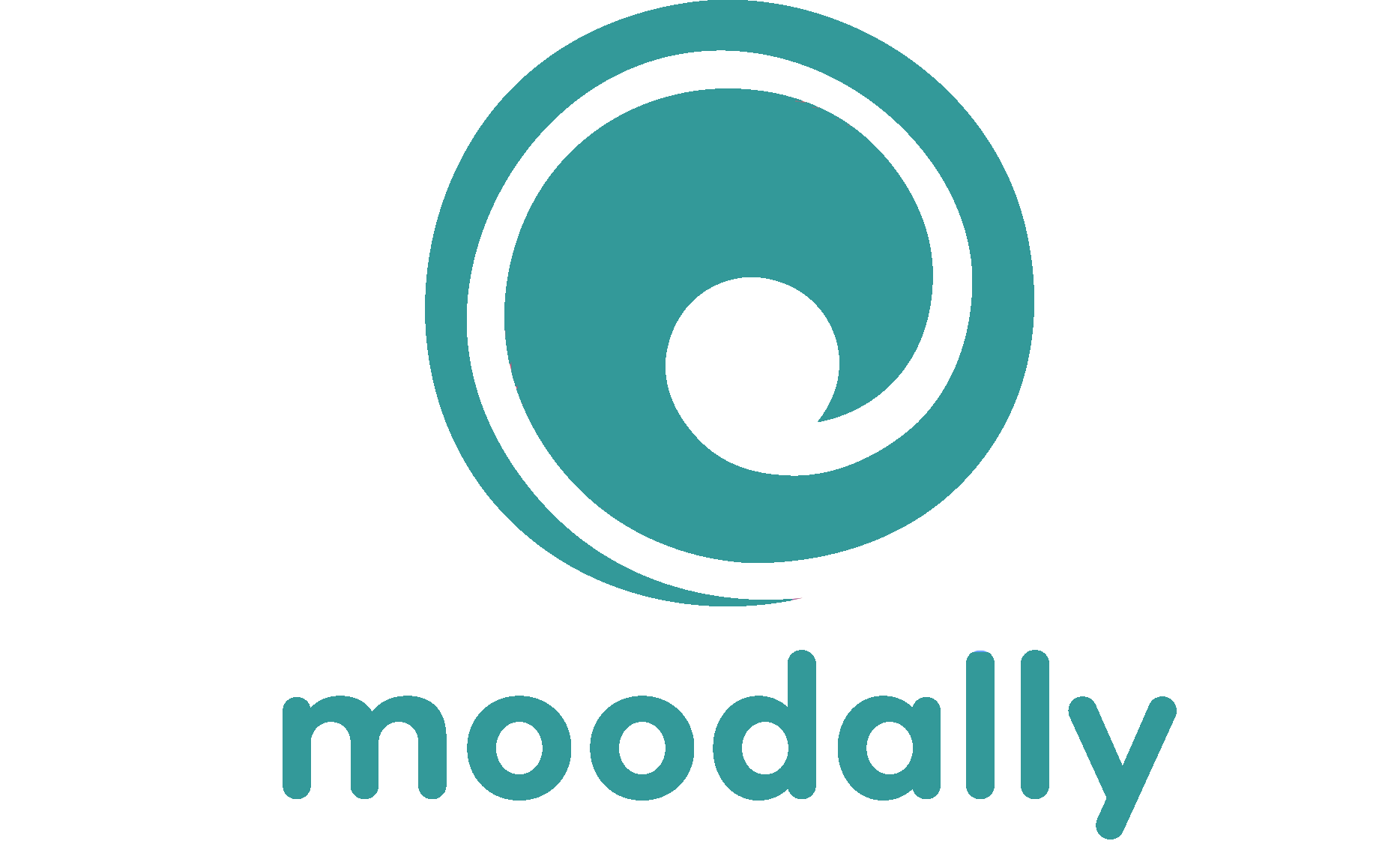Scientific Papers
If you're interested in knowing more about mood and how it affects well-being and performance in the workplace, there is an enormous amount of research out there. Below you will find a list of some of the papers that I most frequently cite in my presentations. If you're looking for something in particular, please reach out and I'd be happy to see if I can track it down for you.
Amado, D., Maestre, M., Montero-Carretero, C., Sánchez-Miguel, P. A., & Cervelló, E. (2019). Associations Between Self-Determined Motivation, Team Potency, and Self-Talk in Team Sports. Journal of human kinetics, 70, 245–259. https://doi.org/10.2478/hukin-2019-0116
Achor, S. (2011). The happiness advantage: The seven principles of positive psychology that fuel success and performance at work. Random House.
Barsade, S. G. (2002). The ripple effect: Emotional contagion and its influence on group behavior. Administrative science quarterly, 47(4), 644-675.
Brand, S., Reimer, T., & Opwis, K. (2007). How do we learn in a negative mood? Effects of a negative mood on transfer and learning. Learning and instruction, 17(1), 1-16.
De Vries, M., Holland, R. W., & Witteman, C. L. (2008). Fitting decisions: Mood and intuitive versus deliberative decision strategies. Cognition and Emotion, 22(5), 931-943.
De Ruyter, K., & Bloemer, J. (1999). Customer loyalty in extended service settings: The interaction between satisfaction, value attainment and positive mood. International Journal of Service Industry Management.
García Planas, M. I., & García-Camba Vives, M. V. (2018). Dyscalculia, mind, calculating brain and education. In EDULEARN18: 10th Annual International Conference on Education and New Learning Technologies: Palma de Mallorca, Spain: July 2-4, 2018: proceedings book (pp. 0480-0489).
Golkar, A., Johansson, E., Kasahara, M., Osika, W., Perski, A., & Savic, I. (2014). The influence of work-related chronic stress on the regulation of emotion and on functional connectivity in the brain. Plos One, 9(9), e104550. http://dx.doi.org/10.1371/journal.pone.0104550
Harrison, L., Skau, D., Franconeri, S., Lu, A., & Chang, R. (2013). Influencing visual judgment through affective priming. Proceedings of the SIGCHI Conference on Human Factors in Computing Systems.
Hennig-Thurau, T., Groth, M., Paul, M., & Gremler, D. D. (2006). Are all smiles created equal? How emotional contagion and emotional labor affect service relationships. Journal of Marketing, 70(3), 58-73.
Hodges, T. D. (2010). An experimental study of the impact of psychological capital on performance, engagement, and the contagion effect.
Kashdan, T. B., Ferssizidis, P., Collins, R. L., & Muraven, M. (2010). Emotion differentiation as resilience against excessive alcohol use: An ecological momentary assessment in underage social drinkers. Psychological science, 21(9), 1341-1347.
Kuiper, N. A., & Martin, R. A. (1998). Laughter and stress in daily life: Relation to positive and negative affect. Motivation and emotion, 22(2), 133-153.
Lafrenière, D. (2019). Delivering Fantastic Customer Experience: How to Turn Customer Satisfaction Into Customer Relationships. CRC Press.
McMains, S., & Kastner, S. (2011). Interactions of top-down and bottom-up mechanisms in human visual cortex. The Journal of neuroscience : the official journal of the Society for Neuroscience, 31(2), 587–597. https://doi.org/10.1523/JNEUROSCI.3766-10.2011
Pearson, A. J. Four Keys to Freedom: Body Sensing, Trauma-Release Exercises (TRE), Mindful Witnessing, and Byron Katie’s the Work.
Petitta, L., Probst, T. M., Ghezzi, V., & Barbaranelli, C. (2019). Cognitive failures in response to emotional contagion: their effects on workplace accidents. Accident Analysis & Prevention, 125, 165-173.
Pond Jr, R. S., Kashdan, T. B., DeWall, C. N., Savostyanova, A., Lambert, N. M., & Fincham, F. D. (2012). Emotion differentiation moderates aggressive tendencies in angry people: A daily diary analysis. Emotion, 12(2), 326.
Prochazkova, E., & Kret, M. E. (2017). Connecting minds and sharing emotions through mimicry: A neurocognitive model of emotional contagion. Neuroscience & Biobehavioral Reviews, 80, 99-114.
Seppala, E., & Cameron, K. (2015). Proof that positive work cultures are more productive. Harvard Business Review, 12(1), 44-50.
Shen, W., Zhao, Y., Hommel, B., Yuan, Y., Zhang, Y., Liu, Z., & Gu, H. (2019). The impact of spontaneous and induced mood states on problem solving and memory. Thinking Skills and Creativity, 32, 66-74.
Sommovigo, V., Setti, I., Argentero, P., & O’Shea, D. (2019). The impact of customer incivility and verbal aggression on service providers: A systematic review. Work, 62(1), 59-86.
Tang, C., Seal, C. R., Naumann, S. E., & Miguel, K. (2013). Emotional labor: The role of employee acting strategies on customer emotional experience and subsequent buying decisions. International Review of Management and Marketing, 3(2), 50.
Virgin Pulse. (2017). Clocking in and checking out.
Volmer, J. (2012). Catching leaders’ mood: Contagion effects in teams. Administrative Sciences, 2(3), 203-220.
Yuen, K. S., & Lee, T. M. (2003). Could mood state affect risk-taking decisions?. Journal of affective disorders, 75(1), 11-18.
Wang, M., Liu, S., Liao, H., Gong, Y., Kammeyer-Mueller, J., & Shi, J. (2013). Can’t get it out of my mind: Employee rumination after customer mistreatment and negative mood in the next morning. Journal of Applied Psychology, 98(6), 989–1004. https://doi.org/10.1037/a0033656
Waye, K. P., Bengtsson, J., Rylander, R., Hucklebridge, F., Evans, P., & Clow, A. (2002). Low frequency noise enhances cortisol among noise sensitive subjects during work performance. Life sciences, 70(7), 745–758. https://doi.org/10.1016/s0024-3205(01)01450-3
White, C. J. (2006). Towards an understanding of the relationship between mood, emotions, service quality and customer loyalty intentions. The Service Industries Journal, 26(8), 837-847
